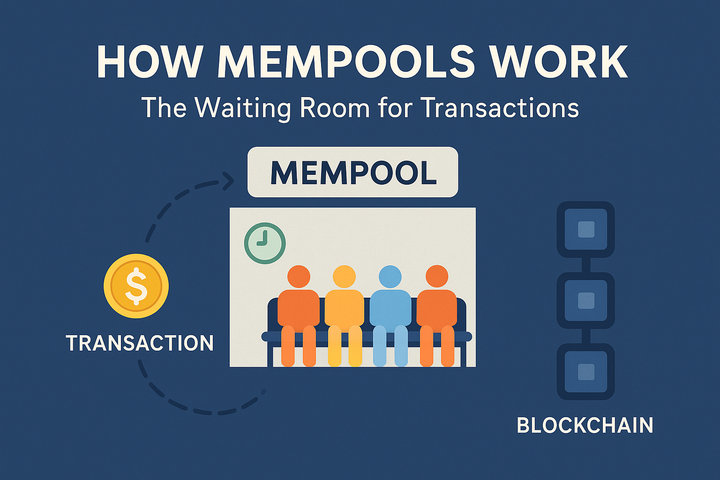Swipe, Earn, HODL, Coinbase and AmEx Team Up to Bring Bitcoin Rewards to Your Wallet

Bitcoin Enters the Credit Card Arena
Imagine getting rewarded in Bitcoin every time you swipe your credit card. That’s no longer hypothetical—Coinbase, one of the largest U.S. crypto exchanges, has partnered with American Express to launch the Coinbase One Card, a metal credit card that offers up to 4% back in BTC on everyday purchases.
As crypto continues inching into the financial mainstream, this move signals a significant shift. For the first time, a major traditional card issuer like AmEx is offering a true Bitcoin rewards credit card, complete with travel perks, purchase protections, and global acceptance—hallmarks of conventional cards. But how does it stack up against the competition? And what should users watch out for?
This article breaks it all down—what makes the Coinbase One Card unique, how it competes with traditional cards, AmEx’s bigger crypto play, and the fine print users shouldn’t ignore.
BTC Rewards vs. Traditional Credit Cards: Can It Compete?
At first glance, the Coinbase One Card looks like a crypto dream: earn 2%–4% back in Bitcoin on every purchase, with no foreign transaction fees and access to American Express travel protections. But there’s a twist—the higher 4% rate is only unlocked if you hold significant assets on Coinbase, making it a tiered system based on your crypto loyalty.
Let’s compare it to traditional heavyweights:
- Chase Sapphire Preferred offers up to 5× points on travel and 3× on dining, with points redeemable for enhanced travel value—roughly 1.25–2 cents per point.
- Amex Gold gives 4× on dining and supermarkets, and 3× on flights, with benefits like $120 dining and Uber credits.
- Citi Custom Cash offers 5% back in your top category each billing cycle—but that’s capped at $500/month.
The Coinbase card’s strength lies in its high flat-rate rewards across all spending—a rarity among reward cards. The 4% BTC back (if eligible) beats most category-based cards, even high-end ones, and its metal design and crypto-first appeal will attract digital-native users.
However, it requires a $49.99/year Coinbase One subscription to maintain—functionally, an annual fee. That subscription does include other perks like zero trading fees, higher USDC APY (4.5%), and boosted staking rewards, but users need to assess whether those justify the cost.
American Express in Crypto: Strategic Caution Meets Innovation
AmEx entering the crypto space marks a watershed moment. While Visa and Mastercard have already launched dozens of crypto cards, AmEx has been notably more reserved—until now.
The Coinbase One Card isn’t AmEx’s first foray into crypto (a previous attempt with Abra fizzled out), but it’s their first fully launched crypto rewards card. This partnership is clearly a test—targeted at Coinbase One members, a niche but growing demographic of crypto-savvy consumers.
By aligning with Coinbase, AmEx gains exposure to millions of crypto users while maintaining its brand’s premium feel. The card benefits from AmEx’s suite of protections—purchase protection, extended warranty, travel insurance—lending legitimacy to what has traditionally been a volatile, unregulated domain.
In contrast, Visa and Mastercard have leaned into crypto as a payment rail—offering flexibility, global partnerships, and even stablecoin integrations. AmEx, true to its brand, is selectively entering the space through curated offerings aimed at high-end, tech-forward consumers.
The Hidden Risks: Volatility, Custody, and Credit Habits
Despite the innovation, users need to approach this card with eyes wide open. Here’s why:
- Volatility: Bitcoin is highly unstable. Your 4% BTC reward on a $100 purchase could be worth $40 one day and $20 the next. Unlike cash or points, its value is not fixed—and if the market tanks, so do your rewards.
- Custodial Risk: To earn top-tier rewards, you must hold substantial funds on Coinbase. While Coinbase is regulated and secure, centralized exchanges are still single points of failure. History has shown that even reputable platforms (e.g., Mt. Gox, FTX) can fail.
- Debt Temptation: Just like traditional cards, this one carries a standard APR and penalties. Overspending to chase crypto rewards is a dangerous game—especially if users carry balances or rely on future BTC appreciation to justify purchases.
- Limited Access: AmEx acceptance isn’t as widespread as Visa or Mastercard, particularly outside the U.S.. You may need a secondary card for full global coverage.
- Regulatory Risks: The crypto industry remains a regulatory gray zone. Any shift in U.S. policy—tax treatment, staking rules, or exchange oversight—could impact the card’s viability or the value of earned rewards.
A High-Risk, High-Reward Bet for Crypto Enthusiasts
The Coinbase One Card is a trailblazing hybrid—a premium AmEx card that rewards you with Bitcoin and plugs directly into the crypto ecosystem. For active Coinbase users or those deeply invested in Bitcoin’s future, it’s an exciting way to passively accumulate BTC while enjoying robust card benefits.
However, it’s not for everyone. If you’re not already subscribed to Coinbase One or if you’re wary of crypto volatility and custodial risks, the card may offer less net value than a traditional 2% cashback card with no fees or complexity.
Takeaways:
- Best for: Crypto believers with existing Coinbase assets and a desire to passively stack BTC.
- Be cautious of: Subscription costs, market volatility, and custodial concentration.
- Use responsibly: Pay balances in full and treat crypto rewards as a bonus, not a reason to overspend.
Looking ahead: Will other major issuers follow suit? Could this card spark a new era of crypto-integrated finance—or will it remain a niche product for digital asset diehards?



Comments ()